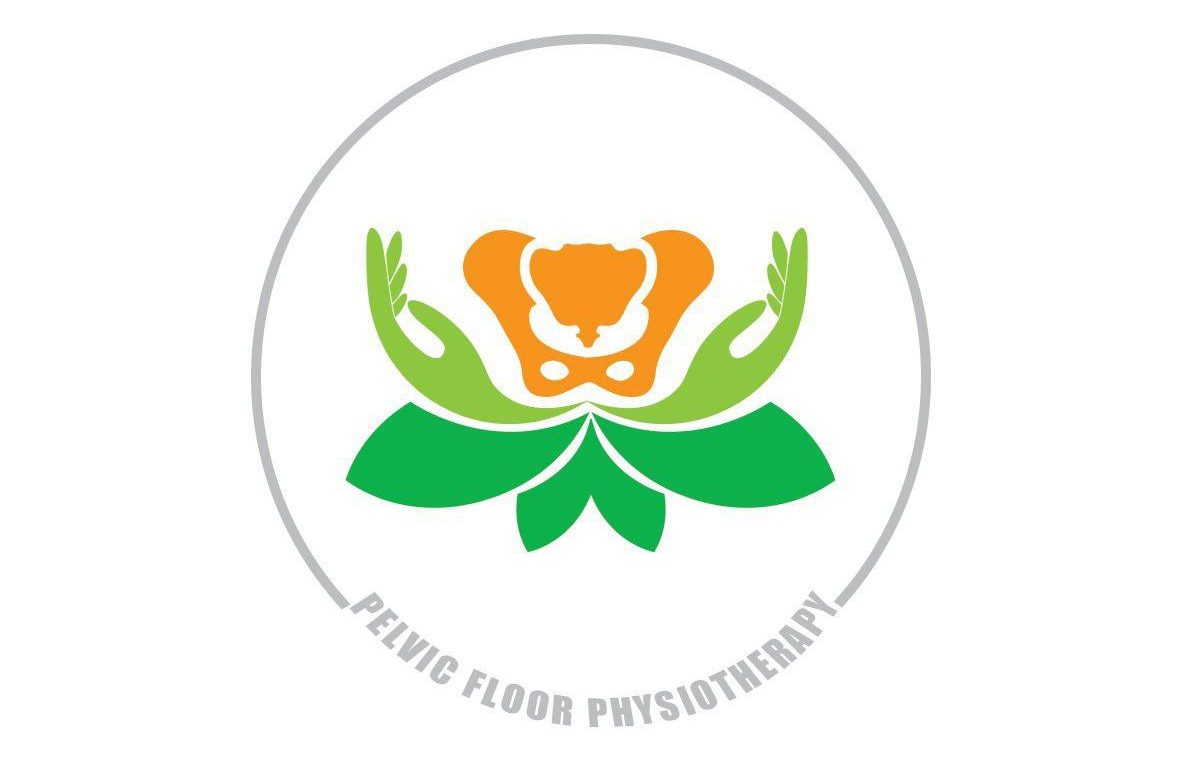- FaribaGhaderi:PhD, Assistant Professor of Physiotherapy, Department of Physiotherapy, Faculty of Rehabilitation, Tabriz University of Medical Sciences, Tabriz, Iran
- ShagayeghFekri Rad* (Corresponding author):
Introduction:
Pelvic Floor Physiotherapy (PFPT) is considered to be a salient component of the conservative management of women with urogenital dysfunction , such as urinary incontinence ,pelvic organ prolapse (POP) .pelvic floor rehabilitation has demonstrated efficacy in the treatment of stress urinary incontinence, constipation ,chronic pelvic pain, dyspareunia and other pelvic floor complaints.The pelvic floor is composed of striated muscles arranged in a dome-shaped sheet. Muscles specific to the deep pelvic floor include the levatorani andischiococcygeus.Rehabilitation aims are to increase pelvic floor strength and function in condition of weakness contributing to SUI.
Overactivebladder (OAB) with or without urge incontinence is often noted clinically to be associated with sphincter closure insufficiency and overactive pelvic floor muscle tone.Symptoms of OAB include urinary frequency and urgency leakage.
Pelvic organ prolapse is associated with symptoms of bulging and heaviness in the vagina. As bladder symptoms and POP often exist together , PFPT is a common conservative intervention.
Sexual intercourse occurring with overactive pelvic floor muscles may lead to increased friction and mechanical trauma to the urethra, increasing urinary symptoms of pain, urgency and frequency.
Postoperative dyspareunia is most likely due to vaginal shortening and narrowing fallowing excessive vaginal excision, and adhesive scaring can be a source of pain during intercourse.
objectives of PFPT intervention are to decrease the frequency and severity of symptoms through awareness and avoidance of valsalva to prevent stability to improve associated symptoms of back pain and incontinence , and avert or delay the need for surgery. In order to training weak pelvic floor muscles and also for decreasing pain, physiotherapist can use electrical stimulation, manual myofacial release ,special massage techniques, dry needling for internal and external involved muscles, and pelvic floor muscle exercises (PFMEs).
Clinically, physiotherapists utilize exercise progression from gravity-eliminated to anti-gravity position and finally an unstable base of support such as Swiss ball exercise when strengthening the PFM. PFMEs are performed until the muscle fatigues, several times a day, and for 12 to 20 weeks.
For better contraction education to patients, physiotherapist can use vaginal biofeedback or manual palpation .using biofeedback allows women to see almost instantly their muscle output during exercise.
Methods and material:
This article was based the literatures searched in PubMed ,PEDro , Science direct, CINAHL , Google scholar and Index Copernicus.
Results :
The 3 relevant studies were selected on the basis of the recruitment of women with ages similar to the client’s age and the use of outcomes relevant to the question formulated prior to the literature search.
Investigation of current literature indicates that both biofeedback and soft tissue mobilization and pelvic floor exercises can decrease pain and improve pleasant of sexual function.
Conclusion :
PFPT has an important role in decreasing urogenital symptoms and in improving QOL and sexual function in patients with urogynecologicalcomplaints , also has a lot of benefits in post-surgical rehabilitation ,pelvic and genital pain and other related conditions.
Key words: Pelvic Floor Dysfunction, Physiotherapy, Pelvic Floor Exercises
